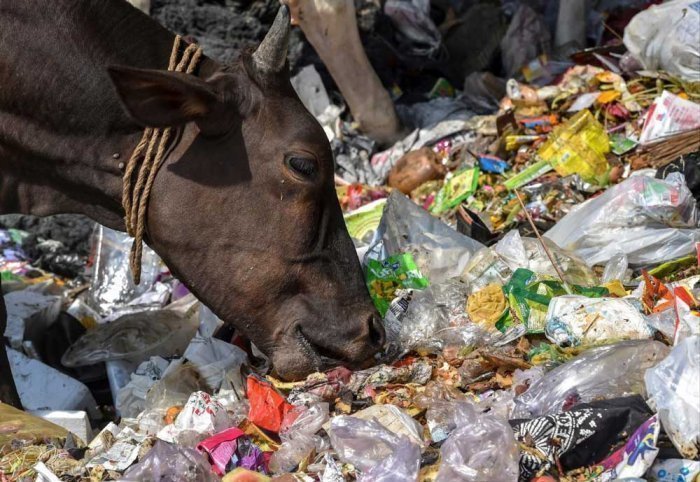
The world that we live in is ever changing and ever evolving. It may not be known to you that the world we live in comprises of 195 nations. The United Nations categorizes these countries as either developed countries or developing countries. Both the previously mentioned categories differ from each other on grounds like economic status such as GDP, GNP, per capita income, industrialization, the standard of living, etc., but stand on the same place in one ground and that is pollution.
Definition of pollution
All of us are well acquainted with the term pollution, but let us just brush up on what the meaning of this particular term is. Pollution is simply the process of making land, air, water and other parts of the environment unfit for a suitable use or purpose.
Types of pollution
Pollution can occur in various forms namely air, water, soil, radioactive, noise, heat/ thermal and light. It may not be known to us that pollution also has sources of occurrence. Point and Non-point are the two categories in which the sources of occurrence of pollution are classified. The ones which are identifiable and can be controlled and monitored are termed as point sources. Non-point sources, on the other hand, are hard to control.
Plastic Pollution
Formation of plastic
Coming to the scientific origin, Hydrocarbons found in oil and natural gas lead, to plastic’s composition. Monomers, small molecules, bond together to form chains called polymers.
Plastic Pollution Definition
The accumulation of the said material, plastic, in the environment creating problems for the living beings is called plastic pollution. These are classified as micromeres, mesomeres and macromeres based of the size of the monomer used.
Pros and Cons of plastic
The invention of plastic in 1907 was a major breakthrough in the material industry. Before discussing the meaning of plastic pollution, we need to know about plastic. Although plastic has a greater number of cons as compared to pros, let us first discuss the latter.
Going by the current scenario, we are completely drowned in an ocean of plastic. The situation is worsening with each passing second. Amusingly, plastic dominates our life, right from our shoe laces to our food containers, it is found everywhere.
Following are the pros of plastic
- It is light, strong, inexpensive and can be easily molded.
- Its usage is found in hospitals, as it guards against contamination.
- In cooking, it is a good alternative to the traditionally used glass and ceramic dishes.
- Packaging done by plastic can withstand the rigors of shipping.
The benefits of using plastic are endless, but absolutely worthless especially at the cost of our lives.
Coming to the cons of plastic
- Our food containers are composed of plastic, very few of us know that they inject chemicals such as Bisphenol A into our food. It is used for making water bottles, baby bottles etc. The damage is done to the hormone estrogen and disrupts the reproductive system.
- The stray animals who rely on eating food from the dumping grounds are the prime sufferers. Obviously, unlike us, they have no knowledge of the food that they consume. So, plastic finds a way to their stomach. It damages their digestive system and chokes them to death.
- Due to its composition, plastic takes years to decompose. When dumped in water bodies it clogs them and is consumed by the aquatic animals.
- Having a low melting point, plastic used in cooking utensils is highly flammable and therefore dangerous.
Measures to prevent plastic pollution
- So, in order to escape this vicious cycle, we need to adopt some measures. One of them is recycling. In order to bring change to the world, let us change ourselves first. By this I mean let us recycle some of the plastic products available at our homes and not dump them.
| Serial Number | Pre-Recycling | Plastic Used | Post Recycling |
| 1 | Disposable Utensils | Polystyrene | CD Cases, Office Accessories |
| 2 | Meat Packing | ||
| 3 | Bottles | Polyethylene Terephthalate (PET) | Pillow Stuffing |
| 4 | Jars | ||
| 5 | Shampoo Bottles | Polyethylene Terephthalate | Bottles, plastic lumber |
| 6 | Conditioner Bottles | ||
| 7 | Bottles | Polyvinyl Chloride
|
Insulation for cables and drain pipes |
- Stopping the use of disposable or throwaway packaging is another method to reduce plastic pollution. Instead we can switch to washable utensils.
- Usage of cloth bags instead of plastic ones is another method to curb this problem.
So, it is on us to save our dear planet. Since our planet gives us so much, it is our duty to try and conserve it. This will not take any extra effort all we need to do is adopt some measures as mentioned above and we can save our planet. Not only will we save our planet but also provide our future generations a better place to live in.
